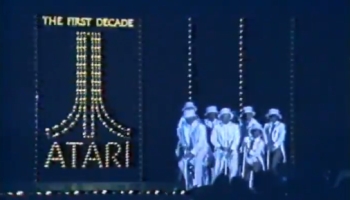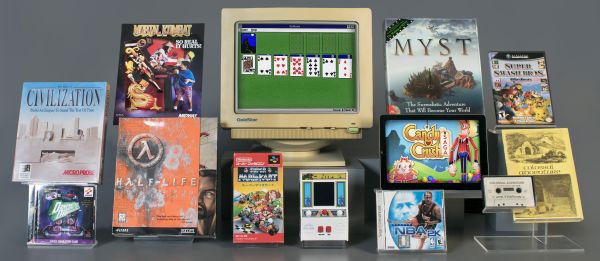
Sony’s film division has been attempting to adapt the Uncharted franchise for the big screen for quite a few years now. In that time, a large number of writers and directors have cycled through the production, and several very different actors have signed on to play Drake at one time or another (Spider-Man‘s Tom Holland is currently slated to play a younger version of the character in a film that’ll serve as a prequel to the game franchise).
That protracted process is likely part of the reason why Sony Interactive Entertainment decided to bring their next set of game adaptations in-house under the new PlayStation Productions banner. The studio was formed earlier this week, and its inaugural task will be to create a television show based on the Twisted Metal series, but that won’t be the first bit of filmmaking to bear the PlayStation logo.



 The road to a finished product is long, and inspiration can often come from the weirdest places. But if you follow that muse, you’ll often come up with something amazing. And even if you run out of gas, you’ll always have people wondering what could have been.
The road to a finished product is long, and inspiration can often come from the weirdest places. But if you follow that muse, you’ll often come up with something amazing. And even if you run out of gas, you’ll always have people wondering what could have been.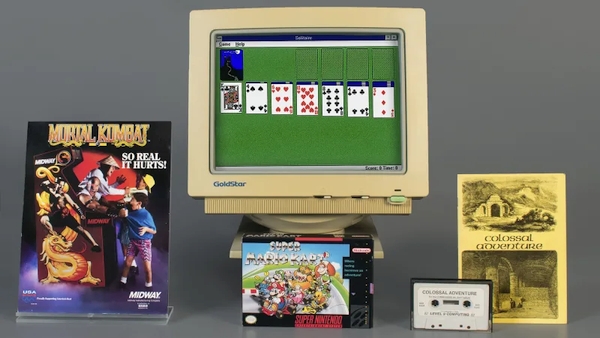
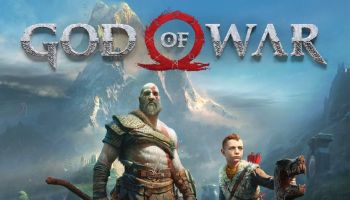
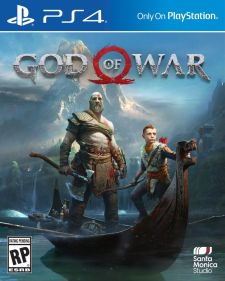 It takes a special game to sweep all five major year-end awards and Sony Santa Monica’s God of War was just such a game. It’s brutal combat was praised by critics, but it also managed to do the impossible by transforming Kratos, previously portrayed as an instrument of pure rage, into a gruff (and almost lovable) father figure.
It takes a special game to sweep all five major year-end awards and Sony Santa Monica’s God of War was just such a game. It’s brutal combat was praised by critics, but it also managed to do the impossible by transforming Kratos, previously portrayed as an instrument of pure rage, into a gruff (and almost lovable) father figure.

